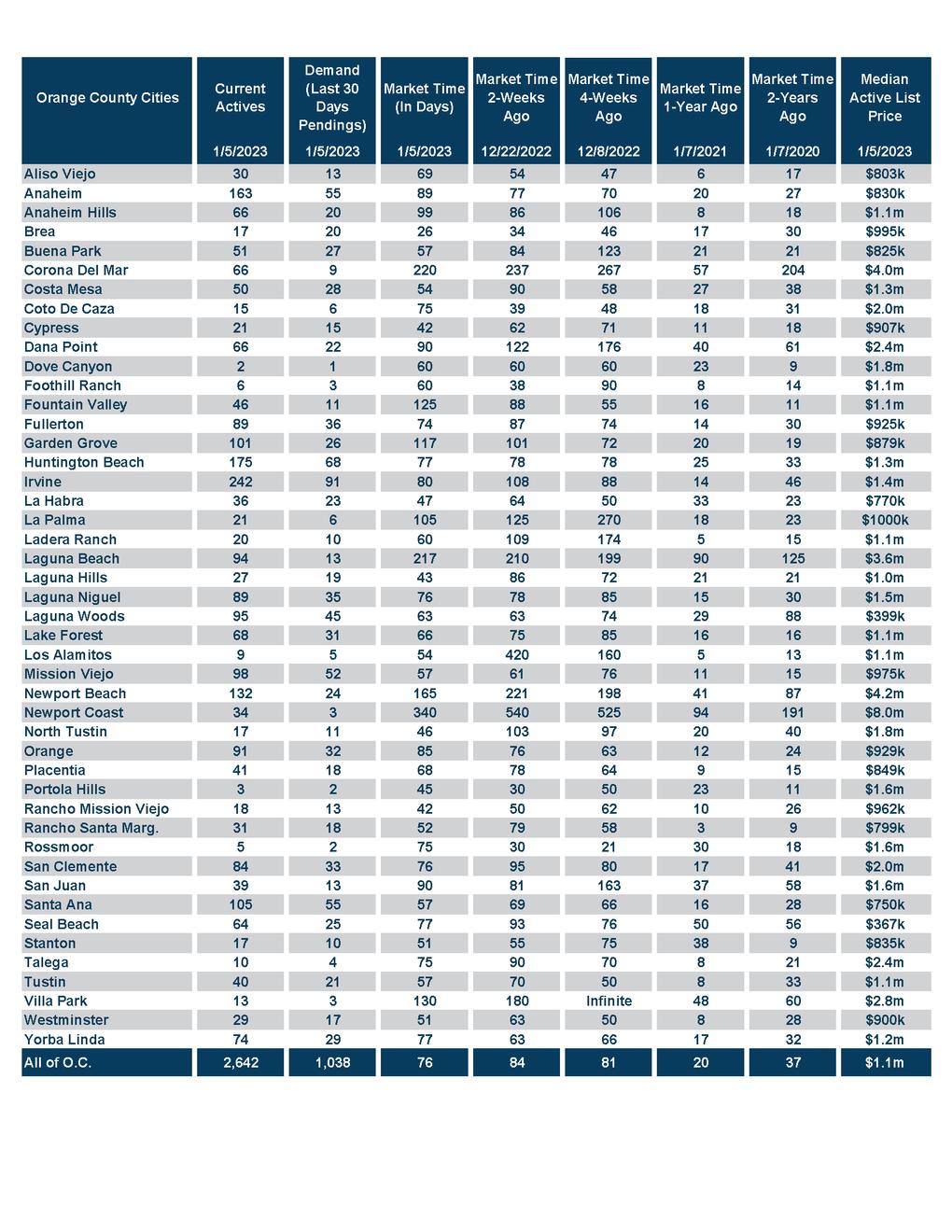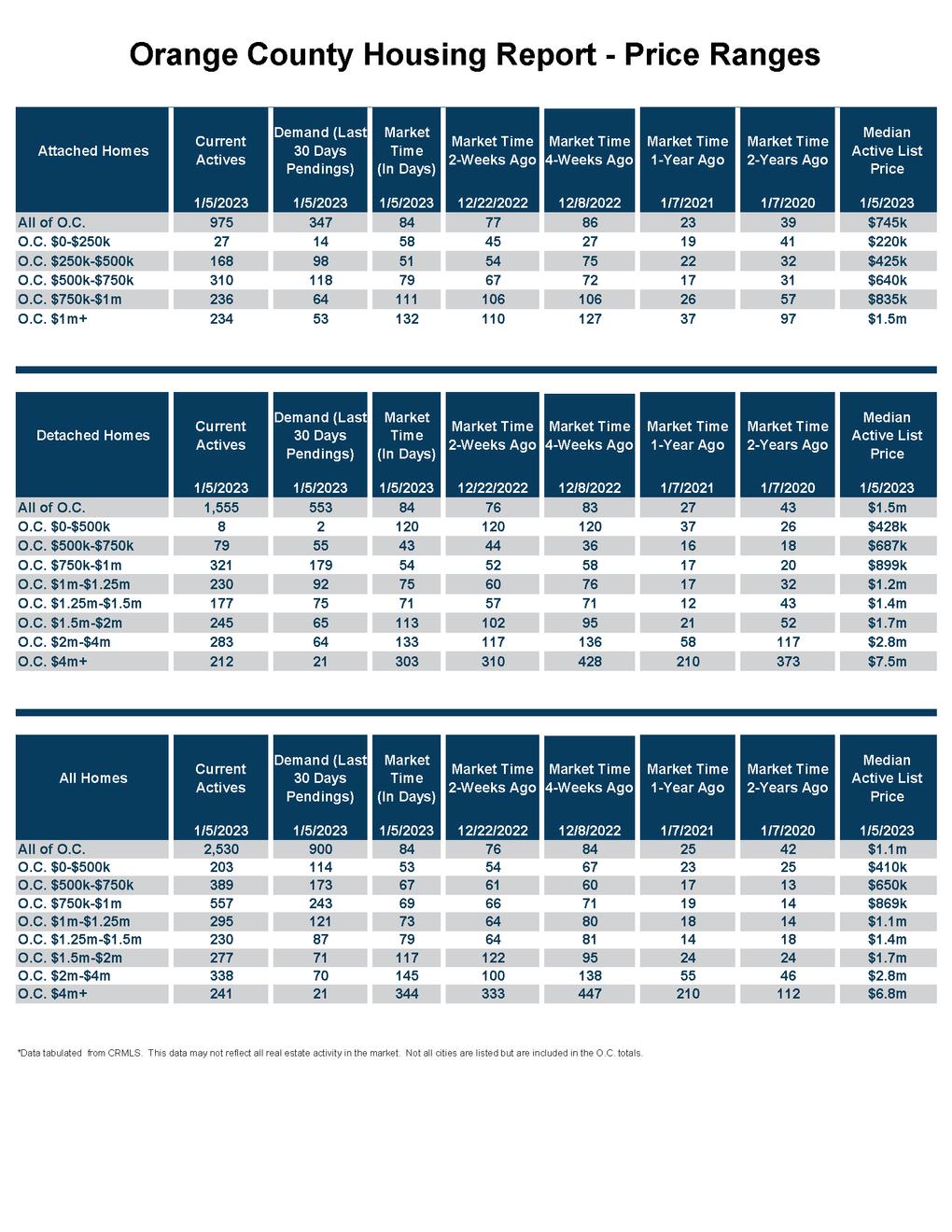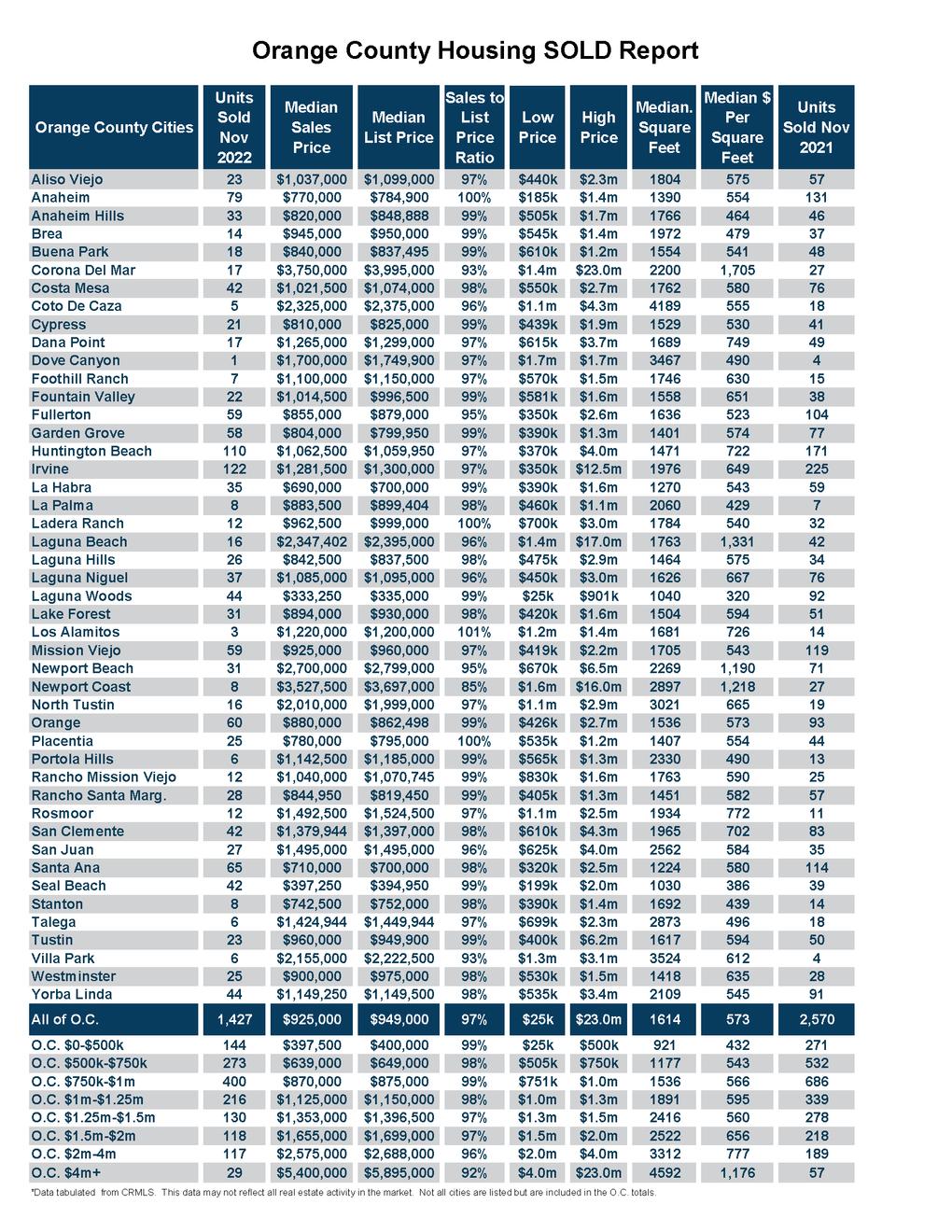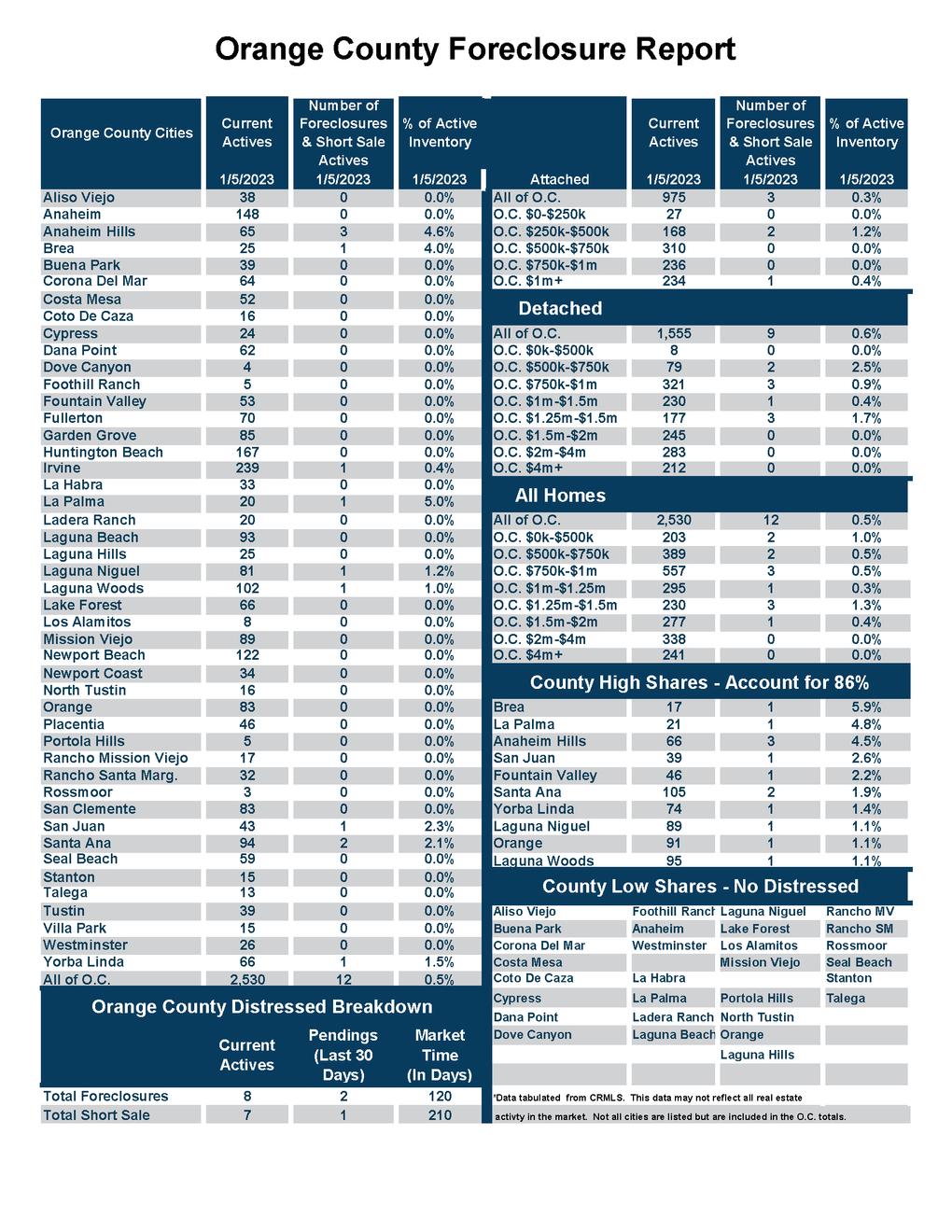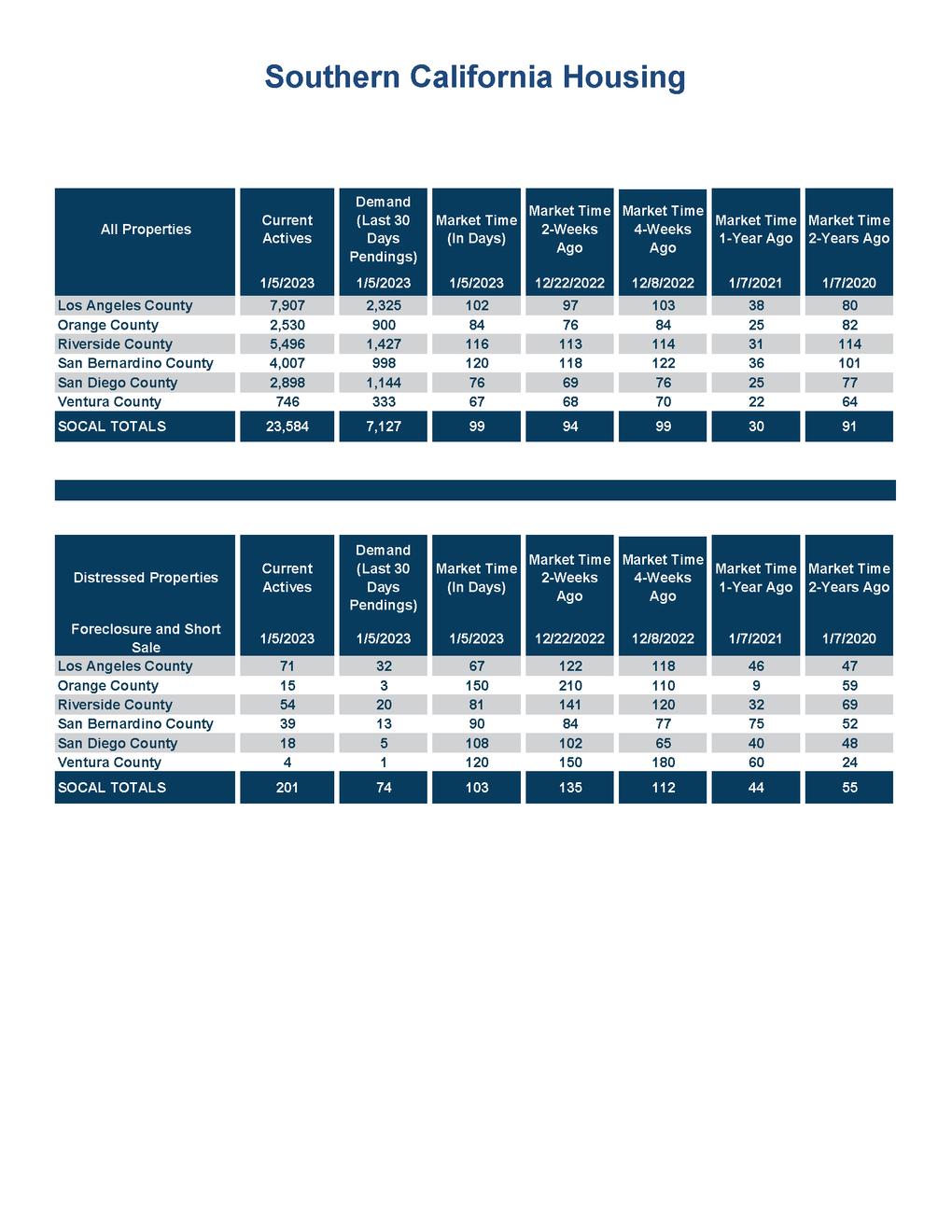sluggish intro to 2023
 WRITTEN BY STEVEN THOMAS
WRITTEN BY STEVEN THOMAS

UNLIKE THE INSANE, INCREDIBLE HOT STARTS TO 2021 AND 2022, THIS YEAR’S START IS MUCH DIFFERENT WITH VERY LITTLE DEMAND, A MUTED INVENTORY, AND PRE-PANDEMIC MARKET TIMES.

Bears do not wake up from hibernation energetic and raring to go. Instead, they are groggy and dazed for two to three weeks and it takes a while for their metabolism to kick in again. That is how housing normally starts after the holidays have finally passed. It takes a few weeks in January for buyers and potential sellers to shake off the holiday fog after enjoying the festive season that is chalk full of so many wonderful distractions. This is when the housing market slowly awakens and starts to thaw. It is coming out of hibernation and will be quite sluggish to start the New Year.
The issue is that housing has not had a normal, slow start to the year since 2020. In both 2021 and 2022, the market was insanely hot from day one, plagued with very few homes available and insatiable demand due to an extremely low mortgage rate environment. Buyers were tripping over each other to purchase every single home that came on the market, multiple offers were the norm, homes sold way above their asking prices, and the housing market felt like an out of control train where it was very challenging for buyers to secure a h

In looking at the details, the about face in housing is due to sky high mortgage rates coupled with a tremendous run-up in home values. In both 2021 and 2022, mortgage rates experienced back-to-back record low starts to the year at 2.65% and 3.22%. Today’s 6.14% is the highest start to a year since January 2008. As a result, demand, a snapshot of the last 30 days of pending sales activity, is at its lowest level to begin a year since tracking began in 2004 at 900 pending sales. It is slightly lower than demand level in 2008.
Housing was manipulated by the policies of the Federal Reserve during the pandemic years with their $1.3 trillion purchase of mortgage-backed securities (MBS) and bringing the Federal Funds Rate (short term rates) down to 0%. Basically, they acted like the secondary market and bought loans from banks so that lending would not collapse during COVID-19. Consequently, mortgage rates fell to record lows and buyer demand skyrocketed. Unfortunately, with heightened demand and many homeowners opting to not place their homes on the market while there was still a pandemic, the active listing inventory dropped to record lows. With heightened demand and a low supply of available homes, the Expected Market Time, the time between pounding in the FOR-SALE sign to opening escrow, dropped to record low levels, 42 days in 2021 and 25 days in 2022.

Today, the inventory might be at the second lowest level to start a year, even beating 2021, but when it is combined with record low demand, the Expected Market Time is no longer at insane levels. Instead, it is like 2016 through 2018 and 2020 with a market time of 84 days. At 84 days the market is not instant. It may not be as slow as 2014, 2015, and 2019, but the few buyers that do remain in the system are not tripping over each other to purchase. They are taking their time, unwilling to stretch above the asking price, and carefully arriving at a price that they are willing to pay for a home based upon its condition, location, upgrades, amenities, and age.
The Orange County housing market will thaw and improve from here. More homeowners will opt to sell, and the active inventory will rise. Buyer demand will increase as well with the holidays in the rearview mirror, it always does regardless of the pace of the market. Further fueling an increase in demand is that mortgage rates have dropped from over 7.25% in October and November to just above 6% today. Expect home values to continue to fall until mortgage rates drop to 5.5% or below. The direction of the housing market is predicated on the direction of mortgage rates and home affordability. As rates drop, affordability will eventually improve enough to instigate more demand. Mortgage rates will slowly fall as inflation gradually comes back down to earth. This is a process that does not occur instantly and just as it took a while to rise to its current level, it will take a while to substantively drop.
WARNING TO SELLERS: If you are holding out for the Spring Market in anticipation of a quick sale and a price higher than the last comparable sale, that simply will not happen. Instead, sellers will be looking at a much more sluggish market with muted demand and buyers taking their time to purchase. Proper pricing is crucial to find success.
WARNING TO BUYERS: While home values may be falling right now, lowball offers are a waste of everybody’s time including your own. Distressed sellers, foreclosures, and short sales are NOT components of today’s market. There is a real lack of panic selling. Most sellers do not have to sell, so there will not be major “deals” like there were during the Great Recession.
ORANGE COUNTY HOUSING REPORT | Sluggish Intro to 2023The active listing inventory decreased by 112 homes in the past couple of weeks, down 4%, and now sits at 2,530 homes. On January 1st there were 2,431 homes, the second lowest level to start the year since tracking began 19 years ago. Only 2022 was lower. Since New Year’s Day, the inventory has risen by 4%, adding 99 homes. Typically, the inventory slowly and methodically rises from the start of the year until it peaks between July and August. The fewest number of homes come on the market during December. In January the number of homes entering the fray doubles from December. It remains elevated in February and then ramps up from March through July. The most homes come on the market in May. This year will be no different.
Last year, the inventory was at 1,100, 57% lower, or 1,430 fewer. The 3-year average prior to COVID (2017 to 2019) is 4,506, an extra 1,976 homes, or 78% more. There were a lot more choices back then.
ORANGE COUNTY ACTIVE LISTING INVENTORY ORANGE COUNTY ACTIVE LISTING INVENTORY
Homeowners continue to “hunker down” in their homes, not willing to move due to their current underlying, locked-in, low fixed rated mortgage. The difference between their low fixed rate and today’s rate is quite large and precludes many homeowners from listing their homes for sale and moving to another home. This will continue until mortgage rates drop. For the month of December, there were 1,011 new FOR-SALE signs in Orange County, 483 fewer than the 3-year average prior to COVID (2017 to 2019), 32% less. In 2022, there were 8,519 missing signs, down 22%. These missing signs counter any potential rise in the inventory.



Demand, a snapshot of the number of new escrows over the prior month, decreased from 1,038 to 900 in the past couple of weeks, shedding 138 pending sales, down 13%. It is the lowest demand reading since tracking began in 2004, and is very reminiscent of 2008 levels during the Great Recession. This low demand reading is due to the combination of sky-high mortgage rates and very few homes available on the market. As more homes come on the market, expect demand levels to climb. It will dramatically improve over the course of the next two months and will continue to climb until peaking somewhere between the end of March to mid-May. Yet, demand will remain muted as long as rates remain above 6%. As rates fall below 6%, demand will improve. The lower rates reach, the more demand will recover.

Last year, demand was at 1,295, 44% more than today, or an extra 395. The 3-year average prior to COVID (2017 to 2019) was at 1,349 pending sales, 50% more than today, or an extra 449.
With demand falling faster than supply, the Expected Market Time (the number of days to sell all Orange County listings at the current buying pace) increased from 76 to 84 days in the past couple of weeks. Last year the Expected Market Time was at 25 days, substantially faster than today and home values were screaming higher. The 3-year average prior to COVID was 104 days, a slightly slower pace compared to today.


ORANGE COUNTY DEMAND YEAR-OVER-YEAR ORANGE COUNTY DEMAND YEAR-OVER-YEAR (LAST 30 DAYS PENDING SALES ACTIVITY) (LAST 30 DAYS PENDING SALES ACTIVITY)
In the past couple of weeks, the luxury inventory of homes priced above $2 million increased from 554 to 579 homes, up 25 homes, or 5%. Luxury demand decreased by 22 pending sales, down 19%, and now sits at 91, its lowest reading since May 2020, the initial lockdowns of COVID. With supply rising and demand falling, the overall Expected Market Time for luxury homes priced above $2 million increased from 147 to 191 days. Luxury is returning to pre-pandemic levels. In 2020, just prior to the pandemic, luxury started the year with an Expected Market Time of 269 days, a bit slower than today. Yet, today’s luxury market is making its way towards those levels. Upper end homes typically do not sell instantly; instead, market times of over 6-months are quite common. The higher the price, the longer it takes to sell a home.
Year over year, luxury demand is down by 72 pending sales or 22%, and the active luxury listing inventory is up by 227 homes or 64%. The Expected Market Time last year was 91 days, extremely hot for luxury.

For homes priced between $2 million and $4 million, the Expected Market Time in the past two weeks increased from 100 to 144 days. For homes priced between $4 million and $8 million, the Expected Market Time increased from 483 to 518 days. For homes priced above $8 million, the Expected Market Time decreased from 258 to 227 days. At 227 days, a seller would be looking at placing their home into escrow around August 2023.



